جلد سخت سیاه و سفید
Product details
- Publisher : Oxford University Press (February 18, 2022)
- Language : English
- Hardcover : 432 pages
- ISBN-10 : 0192845128
- ISBN-13 : 978-0192845122
کتاب Emotion and the History of Rhetoric in the Middle Ages (Oxford Studies in Medieval Literature and Culture)
Rhetoric is an engine of social discourse and the art charged with generating and swaying emotion. The history of rhetoric provides a continuous structure by which we can measure how emotions were understood, articulated, and mobilized under various historical circumstances and social contracts. This book is about how rhetoric in the West, from Late Antiquity to the later Middle Ages, represented the role of emotion in shaping persuasions. It is the first book-length study of medieval rhetoric and the emotions, coloring that rhetorical history between about 600 CE and the cusp of early modernity. Rhetoric in the Middle Ages, as in other periods, constituted the gateway training for anyone engaged in emotionally persuasive writing. Medieval rhetorical thought on emotion has multiple strands of influence and sedimentations of practice. The earliest and most persistent tradition treated emotional persuasion as a property of surface stylistic effect, which can be seen in the
medieval rhetorics of poetry and prose, and in literary production. But the impact of Aristotelian rhetoric, which reached the Latin West in the thirteenth century, gave emotional persuasion a core role in reasoning, incorporating it into the key device of proof, the enthymeme. In Aristotle, medieval teachers and writers found a new rhetorical language to explain the social and psychological factors that affect an audience. With Aristotelian rhetoric, the emotions became political. The impact of Aristotle's rhetorical approach to emotions was to be felt in medieval political treatises, in poetry, and in preaching.
منابع کتاب کتاب Emotion and the History of Rhetoric in the Middle Ages (Oxford Studies in Medieval Literature and Culture)
بلاغت موتور گفتمان اجتماعی و هنری است که با ایجاد و تکان دادن احساسات همراه است. تاریخ بلاغت ساختار پیوسته ای را ارائه می دهد که به وسیله آن می توانیم چگونگی درک، بیان و بسیج احساسات تحت شرایط مختلف تاریخی و قراردادهای اجتماعی را اندازه گیری کنیم. این کتاب در مورد این است که چگونه بلاغت در غرب، از اواخر باستان تا قرون وسطی متأخر، نقش احساسات را در شکل دادن به اقناع نشان می دهد. این اولین مطالعه طولانی کتاب درباره بلاغت قرون وسطی و احساسات است که به آن تاریخ بلاغی بین حدود 600 سال پس از میلاد تا اوج مدرنیته اولیه رنگ آمیزی می کند. بلاغت در قرون وسطی، مانند دوره های دیگر، دروازه آموزش برای هر کسی بود که به نوشتن از لحاظ احساسی متقاعدکننده مشغول بود. اندیشه بلاغی قرون وسطی در مورد احساسات دارای چندین رشته تأثیر و رسوب عمل است.
بلاغت های قرون وسطایی شعر و نثر و در تولیدات ادبی. اما تأثیر بلاغت ارسطویی، که در قرن سیزدهم به غرب لاتین رسید، به اقناع عاطفی نقشی اساسی در استدلال بخشید و آن را در ابزار کلیدی اثبات، یعنی آواز، گنجاند. در ارسطو، معلمان و نویسندگان قرون وسطی زبان بلاغی جدیدی برای توضیح عوامل اجتماعی و روانشناختی مؤثر بر مخاطب پیدا کردند. با بلاغت ارسطویی، احساسات سیاسی شد. تأثیر رویکرد بلاغی ارسطو به احساسات باید در رساله های سیاسی قرون وسطی، در شعر و موعظه احساس شود.

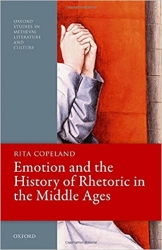
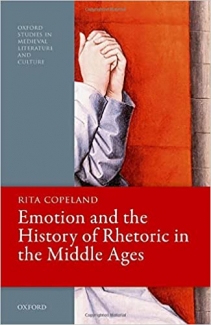

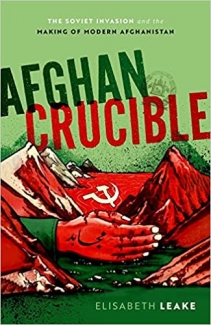
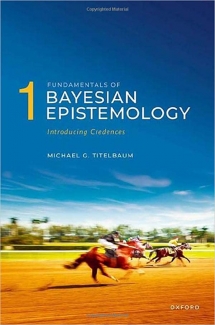




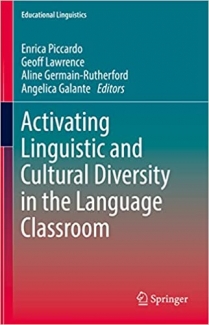
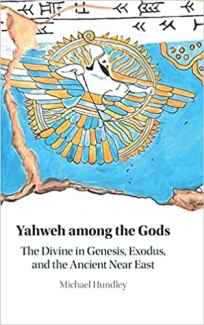
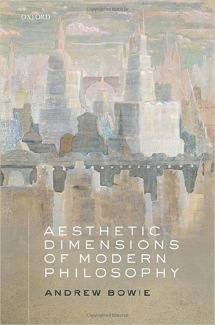




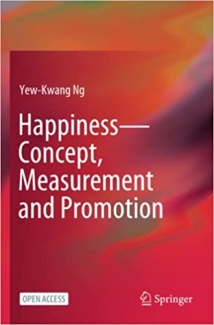














ارسال نظر درباره کتاب Emotion and the History of Rhetoric in the Middle Ages (Oxford Studies in Medieval Literature and Culture)